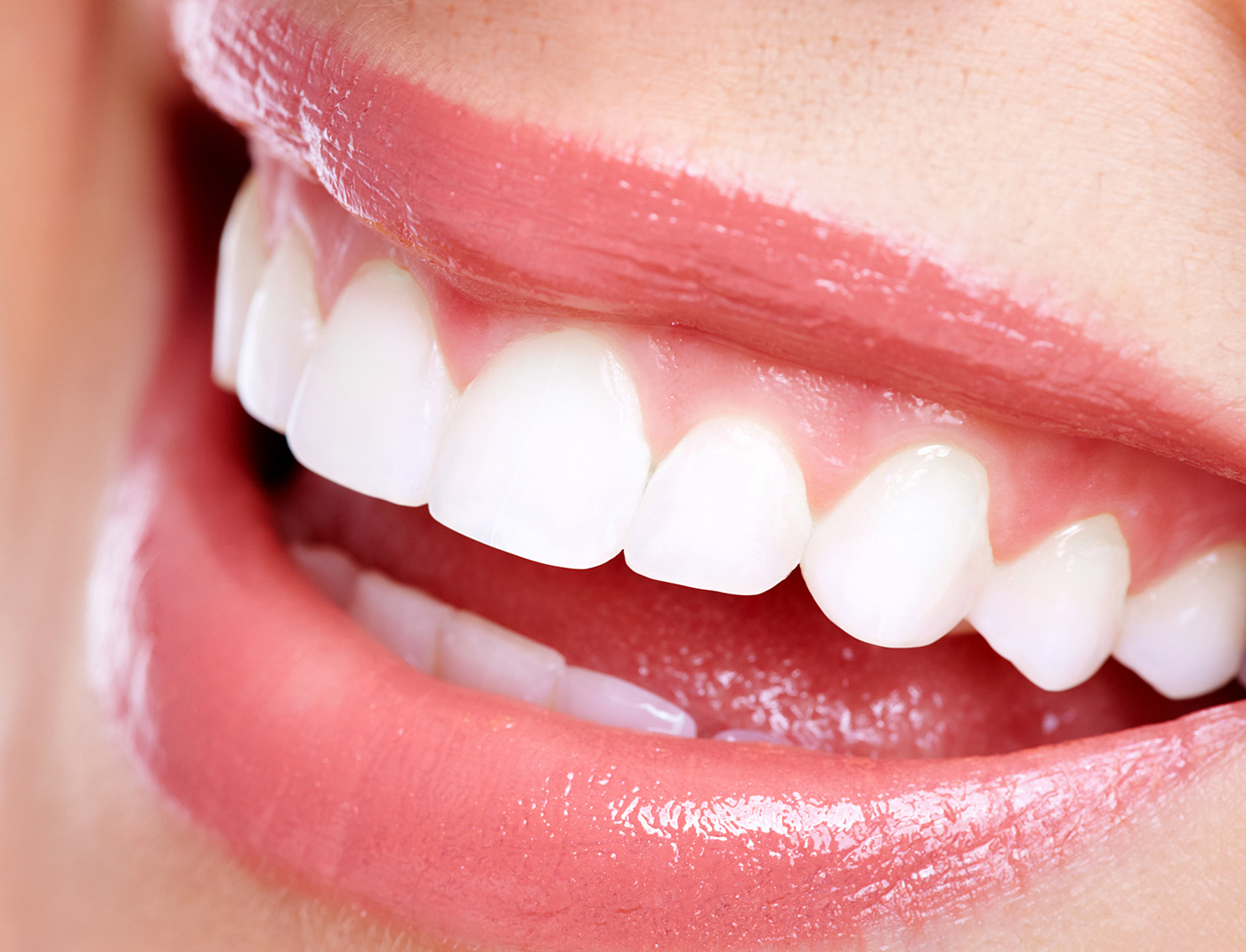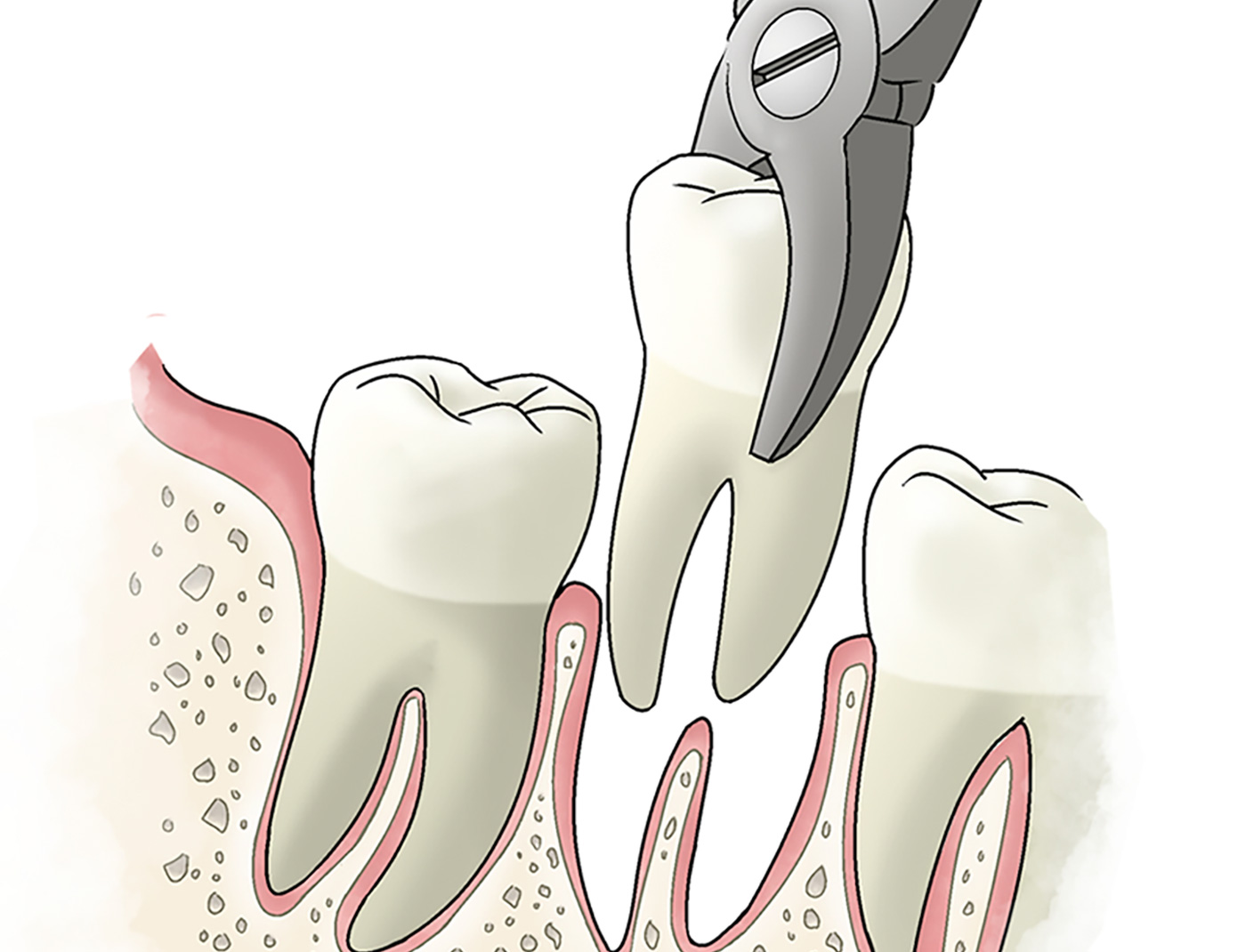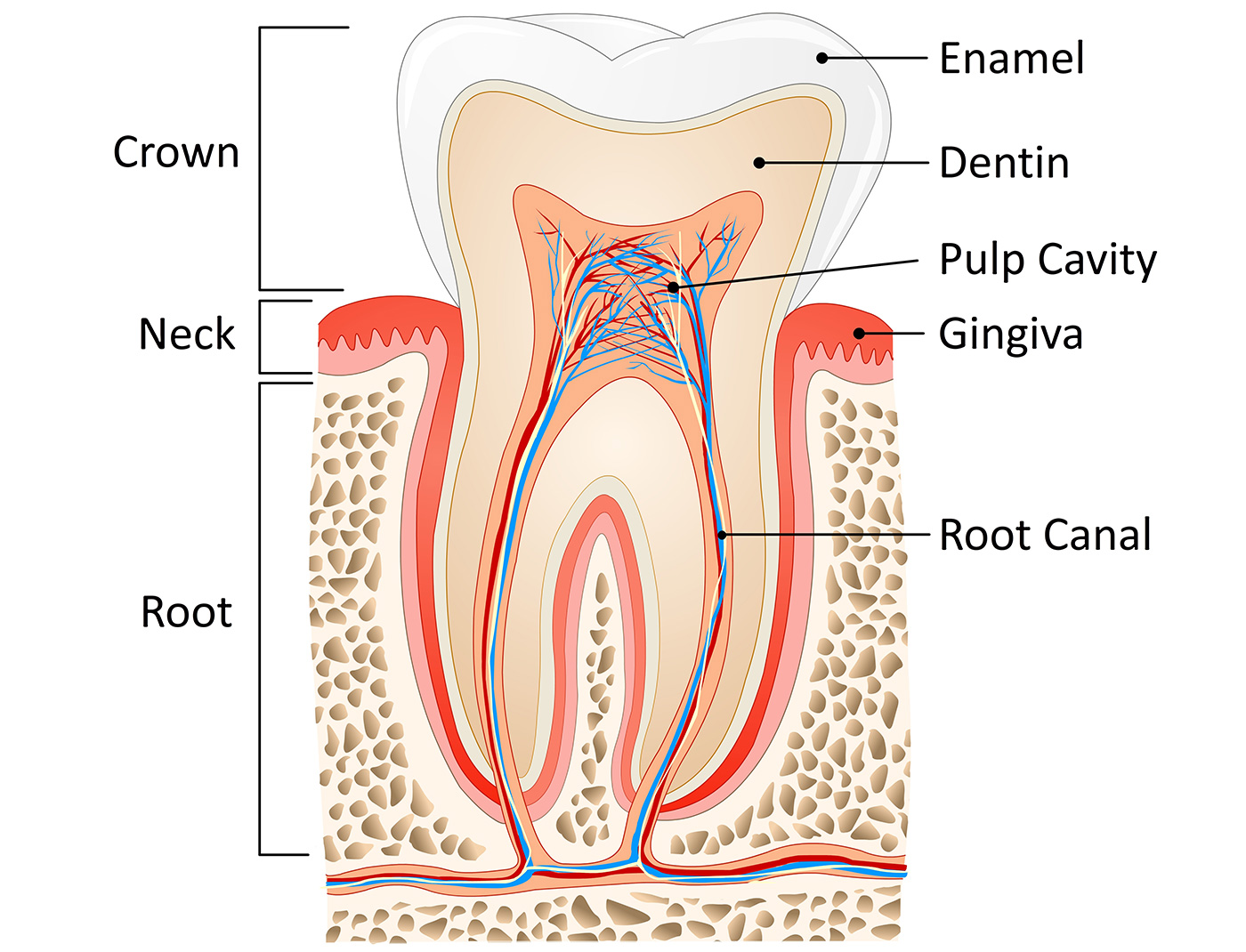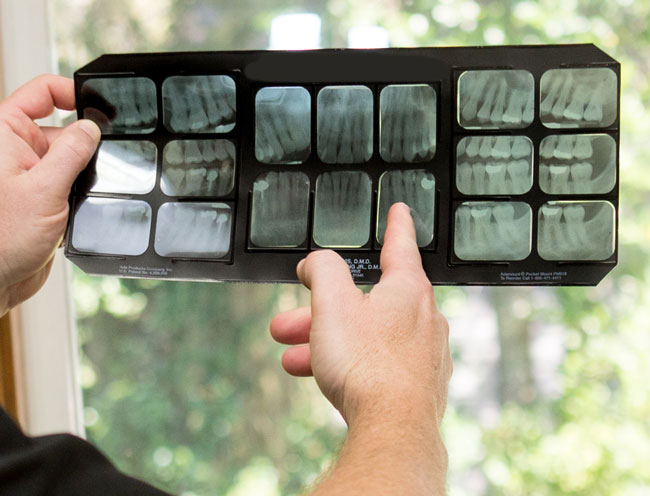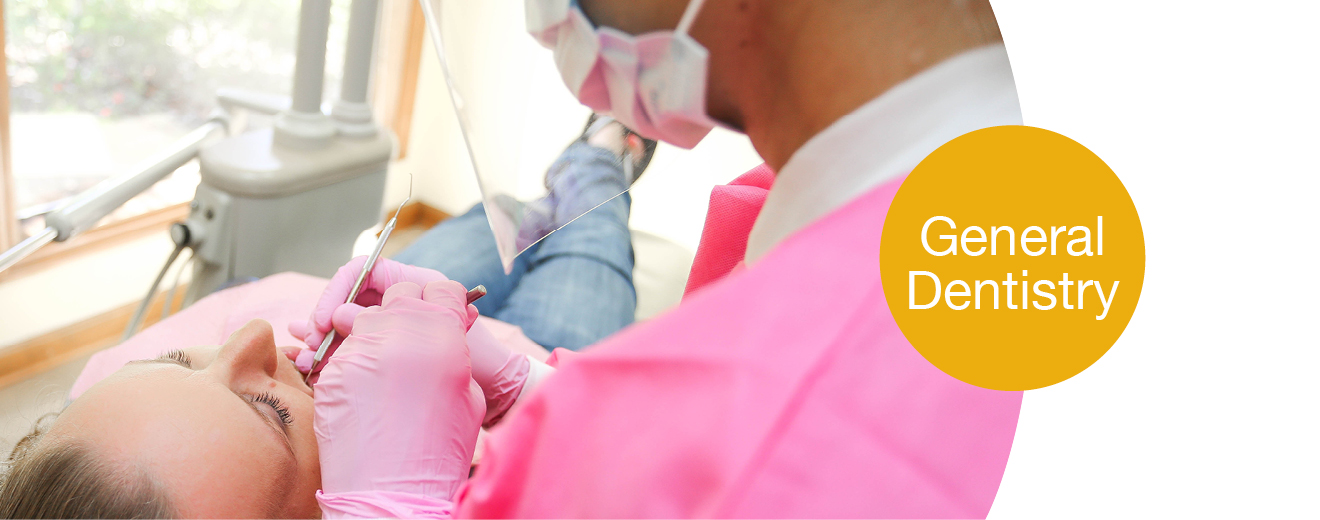
Dental Exam
When you arrive for your first visit, please be prepared to complete all insurance and health information forms that will allow us to begin your dental treatment. We will ask you to fill out several forms that will get you acquainted with our office.
Your initial exam will last approximately one hour. Your dentist will thoroughly exam your teeth and gums, specifically looking for any potential problems. Depending on the patient, X-rays may be taken. If there are any signs of decay or other problems, your dentist will recommend treatment options and make notes of any conditions that may need future observation. Oral hygiene instructions will also be provided along with suggestions to help you care for your teeth.
Routine Teeth Cleanings
Twice annually, you should schedule a routine dental cleaning. During these visits, one of our dental hygienists will remove plaque and calculus from your teeth, especially from places where your brush can’t reach, such as underneath the gum line and in-between teeth. We will then polish your teeth and if applicable, fluoride to help protect your teeth once you leave the office.
Fluoride is a relatively recent but important advancement in dental and oral health. Studies consistently show that a moderate but consistent exposure of teeth to fluoride helps strengthen and rebuild tooth structure, and helps prevent future decay.
If you are due for your annual dental cleaning, please call our office to schedule an appointment.
Restorations
The concept of a “filling” is replacing and restoring your tooth structure that is damaged due to decay or fracture with a material. We will replace old, damaged fillings to restore your smile and teeth to a more natural look and feel.
Tooth Extractions
General Extractions
An extraction is the complete removal of a tooth. Extractions are sometimes necessary if a primary tooth is preventing the normal eruption of a permanent tooth, if the tooth has suffered extensive tooth decay or trauma that cannot be repaired, if the patient has gum disease, or if the tooth is impacted (usually the wisdom teeth). Depending on the complexity of the case, an extraction can be performed surgically or non-surgically. A mild anesthesia is used to ensure you are as comfortable as possible throughout the procedure.
Wisdom Teeth
Your third molars are more commonly called “wisdom teeth.” Usually appearing in the late teens or early twenties, third molars often lack the proper space in the jaw to erupt fully or even at all. This common condition is called impaction. When any tooth lacks the space to come through or simply develops in the wrong place of your jaw and becomes impacted, problems can arise. Primarily, damage to adjacent teeth and crowding occur.
In certain cases, the wisdom tooth that cannot come through becomes inflamed under the gums and in the jawbone, causing a sac to develop around the root of the tooth that then fills with liquid. This can cause a cyst or an abscess if it becomes infected. If either of these situations goes untreated, serious damage to the underlying bone and surrounding teeth and tissues can result.
In certain cases, it may be necessary to refer the patient to an oral surgeon for extractions. Our office can help you with referrals to Specialists such as Oral Surgeons.
Root Canals
A cavity is the result of superficial decay of the enamel of the tooth. Left long enough, this decay can burrow into the deeper reaches of the tooth, causing extensive damage to tooth structure. When the damage goes beyond what can be treated with a filling, dentists can perform a root canal (or endodontics), preserving the tooth and retaining its original integrity; thereby, saving a tooth that in the past would have to have been pulled.
A root canal is a procedure that extracts decayed pulp from the central part of the tooth, reshapes the canal and replaces it with strengthening filler.
This procedure involves:
- The patient is given a local anesthetic.
- A dental dam is used to isolate the tooth.
- The tooth is opened to allow for removal of infected or dead dental pulp.
- The tooth is comprehensively cleaned, including any cracks and canals.
- With special tools, the doctor reshapes the canals.
- The tooth is filled again with cutting edge biocompatible filling material.
- A temporary covering is used to cover the access opening.
- Patients must then have the tooth restored with a build-up and a crown to complete the process and protect the tooth.
In certain instances, mainly molars, the patient may be referred to an Endodontist to perform the root canal therapy, then back to our office for the final restorations.




